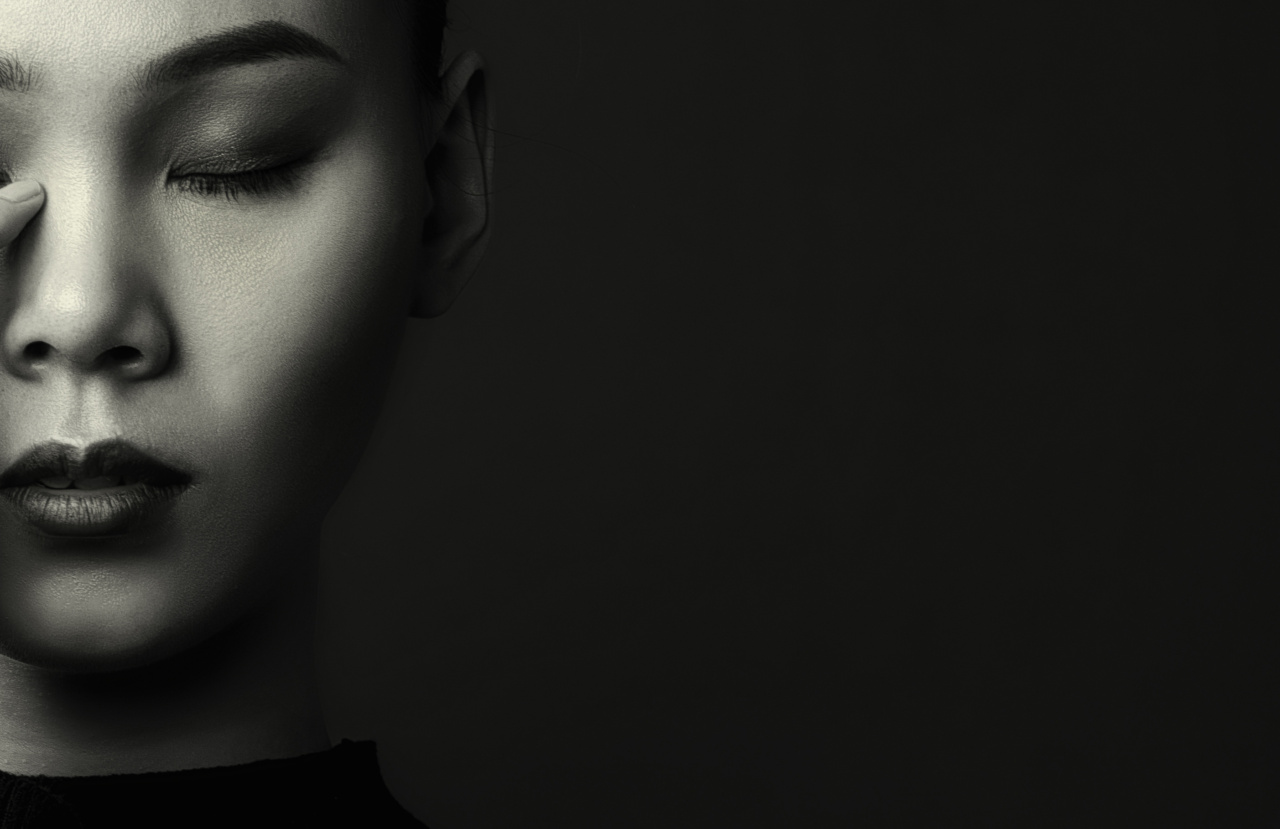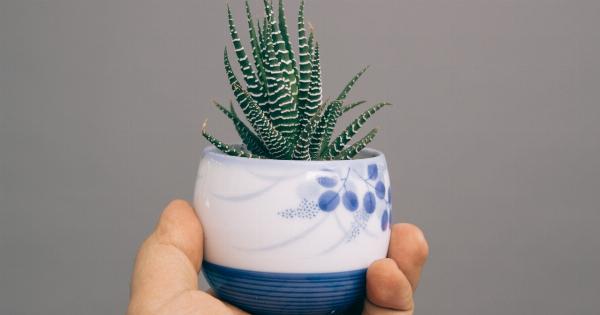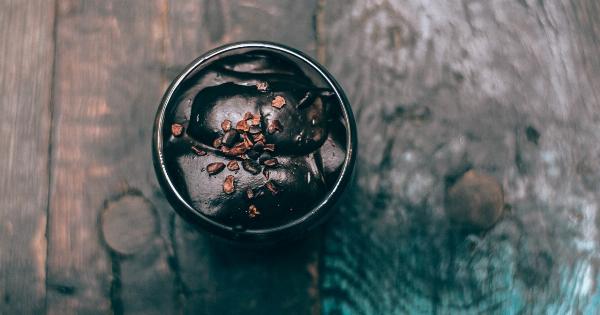Aloe vera is one of the best-known plants when it comes to promoting healthy skin and a radiant complexion. More than just a household plant, aloe vera has been used for centuries for medicinal purposes, including skin care.
Aloe gel, the sticky, clear substance that oozes from the leaves of the aloe plant, is packed with nutrients and has excellent skin-healing properties.
What is Aloe Gel?
Aloe gel is a clear, thick, and viscous liquid that is found inside the leaves of the aloe vera plant. It contains more than 200 active components, including vitamins, minerals, and amino acids that are essential for healthy skin.
It also contains peptides, salicylic acid, and enzymes that help to reduce inflammation and heal damaged skin cells.
Benefits of Aloe Gel for Skin
Aloe gel has numerous benefits for the skin and is a popular ingredient in many skin care products. Here are some of the key benefits associated with aloe gel:.
- Moisturizes the skin: Aloe gel is an excellent natural moisturizer that helps restore the skin’s natural moisture balance. Its hydrating properties make it ideal for individuals with dry, cracked, or flaky skin.
- Reduces inflammation: Aloe gel contains salicylic acid and other compounds that help to reduce inflammation and soothe irritated skin. It can be used to treat conditions such as rosacea, psoriasis, and eczema.
- Heals and repairs skin: Aloe gel has powerful skin-healing properties and can help to repair and regenerate damaged skin cells. It can be used to treat minor cuts, burns, and sunburns.
- Anti-aging benefits: Aloe gel contains antioxidants that can help to prevent damage caused by environmental stressors, such as pollution and UV rays. It can also improve skin elasticity, reducing the appearance of fine lines and wrinkles.
How to Use Aloe Gel
There are many ways to use aloe gel to promote healthy skin. Here are some of the most popular methods:.
- As a moisturizer: Apply a small amount of aloe gel to your face and neck after cleansing and toning. Gently massage the gel into your skin until it is fully absorbed. It can be used daily as a natural moisturizer.
- As a face mask: Mix one tablespoon of aloe gel with one tablespoon of honey and one tablespoon of oats. Apply the mixture to your face and leave it on for 20 minutes before washing off with warm water.
- For sunburns: Apply a generous amount of aloe gel to the affected area to soothe sunburned skin and promote healing.
- For minor cuts and burns: Apply a small amount of aloe gel directly onto the affected area. It can help reduce inflammation and speed up the healing process.
Precautions when using Aloe Gel
While aloe vera is generally considered safe for most individuals, there are some precautions to keep in mind when using it for skin care:.
- Do a patch test: Before applying aloe gel to your face or body, do a patch test to check for any adverse reactions. Apply a small amount of aloe gel to the inside of your wrist and wait 24 hours to see if there is any irritation or redness.
- Don’t ingest aloe vera: Aloe vera should not be ingested, as it can cause digestive upset and other adverse reactions.
- Consult a doctor: If you have a medical condition or are taking medication, consult your doctor before using aloe vera topically.
- Beware of allergies: Some individuals may be allergic to aloe vera and should avoid using it.
In Conclusion
Aloe gel is a natural, versatile, and effective ingredient that can help promote healthy skin and a radiant complexion. Whether used as a moisturizer, face mask, or treatment for minor cuts and burns, aloe vera has many benefits for your skin.
Be sure to follow precautions when using aloe vera and stop use if you experience any adverse reactions.





























